Support strong Canadian climate journalism for 2025
Landowners south of Calgary started to notice signs of trouble about a year ago.
Gary Smith, who has a sour gas well and two sour gas valves on his property northeast of High River, didn’t receive his annual lease payment of about $10,000 from Lexin Resources last spring. He’ll get paid by the province, in time, but he’s concerned about the neglected gas sites on his land.
“My wells are all fenced in with chain link because of the (sour) gas,” Smith said in an interview with National Observer. “You can’t get in, at all, but no one is looking after the weeds. It’s a real eyesore.”
Nearby landowner Jim Robins, has another problem: One of the wells on his property left a large pool of oil that his dog bathed in on hot days last August.
“He was going out and cooling off,” said Robins, noting he didn’t realize what the greasy sheen on the dog was until he started harvesting the field.
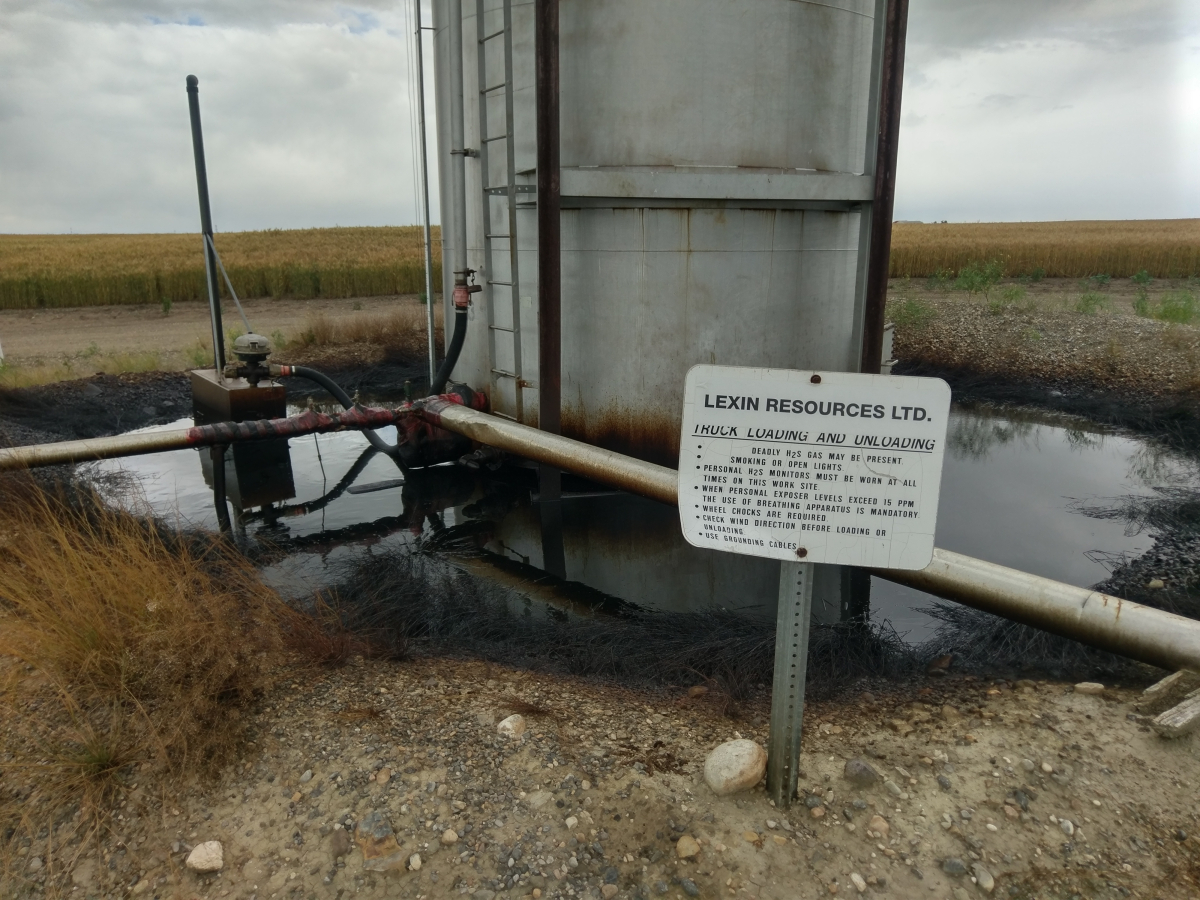
Liabilities as high as $300 billion, says former oil service worker
Smith and Robins are among landowners who have “swamped” Alberta’s Surface Rights Board with requests to get energy companies to pay their leases and try to force Lexin to clean up its sites. The Board resolves disputes between energy companies and landowners who provide property for wells and rights of ways for pipelines, drilling and other activities.
The landowners have questioned whether the provincial regulator should have acted sooner to ensure companies were following the rules.
“The problem was the AER (Alberta Energy Regulator) was taking a long time to enforce those orders,” explained Daryl Bennett, a director of the Alberta Surface Rights Federation, which helps landowners deal with such issues. “So now those sites are sitting there… You’ve got pipelines in danger of leaking, you’ve got wells in danger of releasing sour gas.”
The situation with Lexin puts a spotlight on a growing problem of abandoned, orphaned and inactive wells and who is ultimately going to pay liabilities — industry or taxpayers. Liabilities listed by the Alberta Energy Regulator now total $30.5 billion and Brent Nimeck, a former oil service worker who says unemployed Albertans could be put back to work cleaning up such sites, asserts remediation costs and other liabilities could be as high as $300 billion.
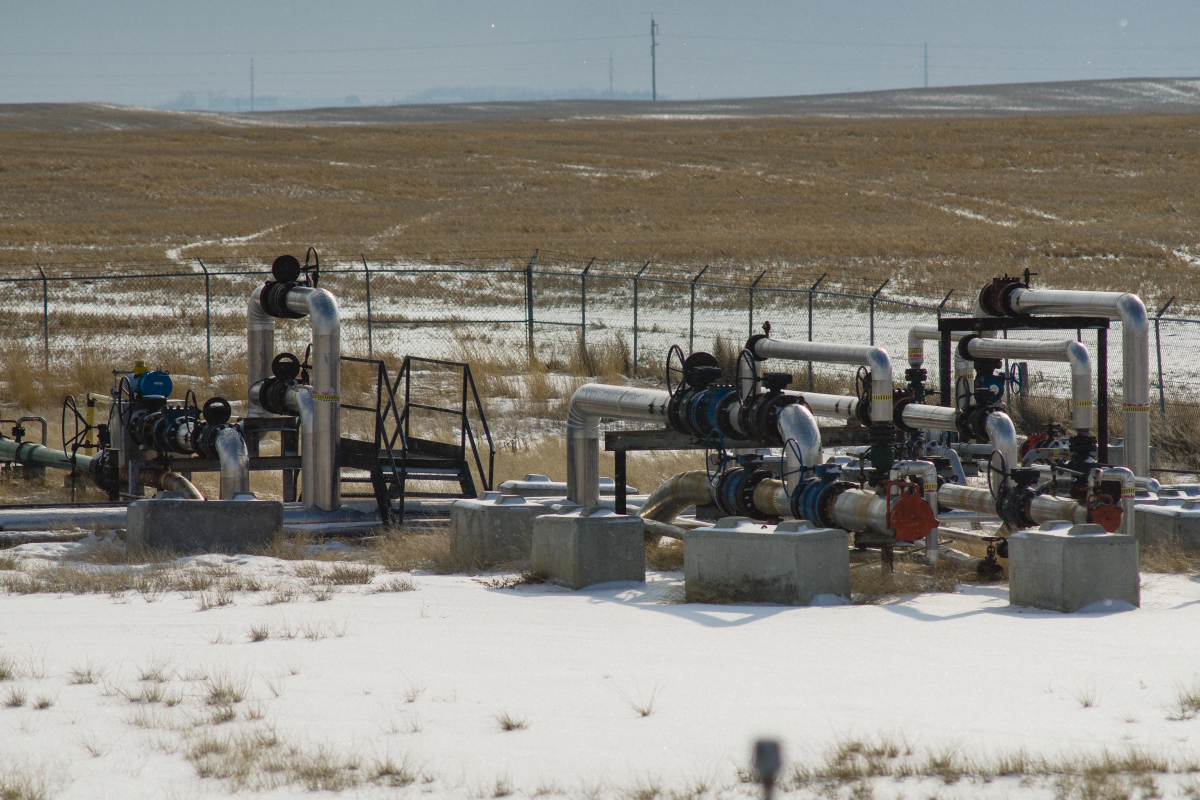
For Lexin, the AER intervened in mid-February suspending all of the company's operations.
At the time, the regulator said that Lexin failed to comply with multiple orders and that it didn't have enough staff to manage its more than 1,600 sites. It also said the company owes more than $1 million in orphan fund levies and administrative fees as well as more than $70 million in security for its end of life obligations.
“We’ve been working with the company since early 2016 when, during our inspections, we discovered some non-compliances that raised some eyebrows,” said Cara Tobin, a spokesperson for the regulator. “Over the past year, it’s been a bit of an escalation of enforcement.”
Regulator shut down Lexin's 1,380 wells
The regulator shut down Lexin’s sites, including 1,380 wells, as well as its facilities and pipelines after getting a letter from the company saying it wouldn’t be able to meet the health and safety requirements for its sour gas wells.
That’s “completely unacceptable,” said Tobin.
Sour gas is a lethal gas that is extremely poisonous to humans and smells like rotten eggs. Even small quantities of the gas can kill people within seconds or minutes.
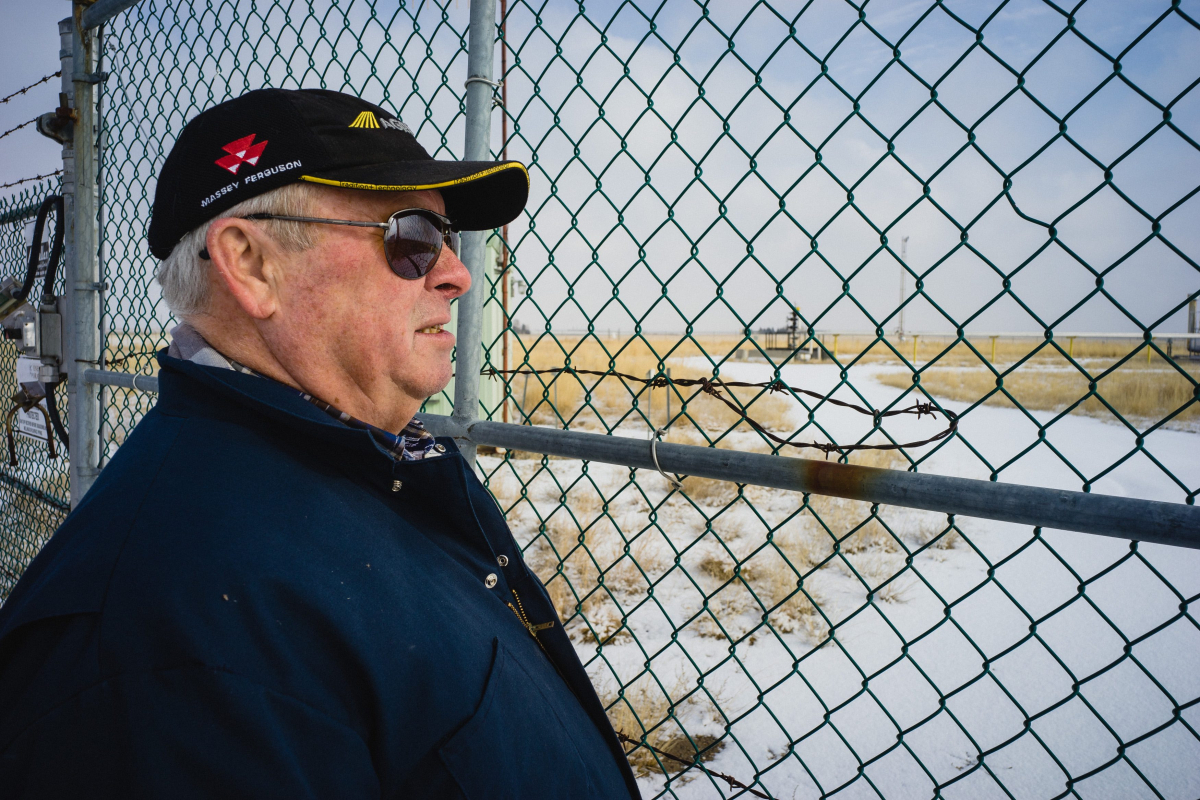
Responsibility for the wells was transferred to the Orphan Well Association, an industry-funded group that dedicates $30 million annually to clean up old wells.
“It was an unusual development,” said association chair Brad Herald. “I can’t recall … when the Alberta Energy Regulator has taken a similar action. It is a lot of inventory to come over in one chunk.”
The association, which already had 1,590 wells in its inventory in early February, will review AER’s files on the additional wells and do site inspections to determine how to deal with the extra inventory.
Normally, he said a company would sell off the liabilities to others at a reduced price.
“We’ve seen lots of receiverships with no orphan wells,” said Herald, who’s also the Canadian Association of Petroleum Producers' vice president for Western Canada. “What’s different with Lexin is that the market hasn’t looked at the inventory yet.”
Many of those wells could be still taken over by operating companies, he suggested.
Alberta regulator tracking 88,080 'inactive' wells
Still, the move has added fuel to a growing fire related to oil and gas wells in Alberta.
As of Feb. 23, AER regulated 444,174 wells in Alberta, about 35 per cent of them considered ‘inactive' or 'abandoned’ by the industry. A well that isn’t producing but hasn’t been properly sealed poses economic and environmental risks because it could pollute groundwater or soil and lead to the growth of invasive weeds.
Concern over those wells has been an issue in Alberta for years, and it has only gotten worse with the downturn in the economy.
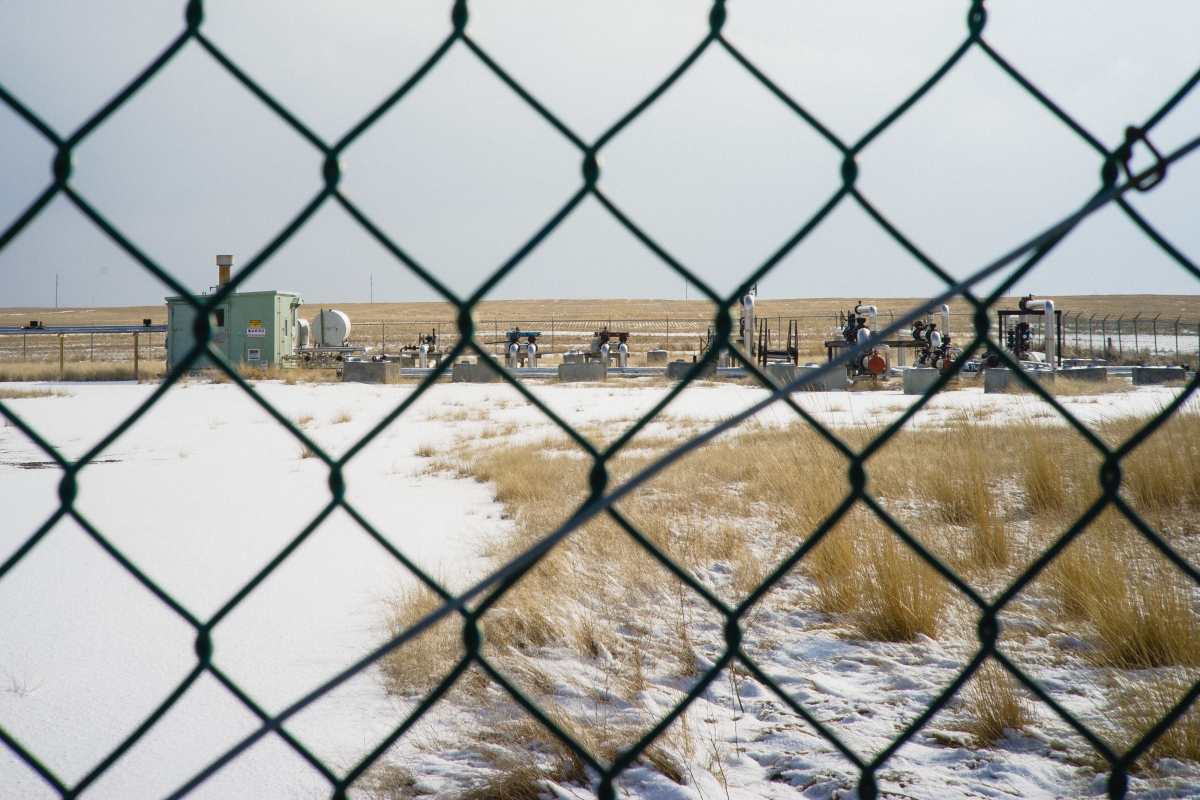
In a February policy paper, Lucija Muehlenbachs, a University of Calgary economist, called for limits on how long a gas well can stay inactive.
The latest AER statistics show there are currently 88,080 ‘inactive’ wells. A well is deemed inactive, or suspended, if there has been no activity for 12 months.
“On one hand, these inactive wells could be a blessing if they are ever reactivated and brought back into production,” she said in the paper. “On the other hand, given that they have not yet been permanently closed, they run the risk of imposing environmental costs or eventually becoming orphaned.”
The report suggested that most wells aren’t fully reclaimed to avoid the remediation cost, which ranges from $50,000 to more than a million. It does, however, raise the risk that companies might not be around in the future to pay for those liabilities.
Operating like a 'Ponzi-scheme'
Although the Petroleum Services Association of Canada has asked the federal government for help to fund the cleanup of abandoned oil and gas wells, others suggest there’s a solution that firmly sticks with a ‘polluter-pay’ principle.
“There’s hundreds of companies in Alberta that are just like Lexin,” said Nimeck who alleges the industry is exploiting a legal loophole and even went so far as to say it’s operating like a ‘Ponzi-scheme’ in a recent BNN interview.
“What it does is protect the well-off oil companies,” he told National Observer. “They’ve orchestrated this.”
Nimeck suggested the problem is ten times bigger than an estimated $36-billion in the University of Calgary report.
Industry defends estimates
Herald of the Orphan Well Association said the estimated costs are based on a solid analysis.
“Much of the inventory is on the lower end of the scale. There’s a lot of shallow gas wells in southern Alberta,” said Herald. “Those are really cheap wells to drill.
“The number that was thrown out of the $300-billion range is really extreme.”
He added that there are several safety nets within the organization to deal with the wells.
“Industry has spent $247 million on that vehicle making sure the costs … don’t flow to the public,” said Herald, noting the program continues to evolve to address challenges and the levy on companies has been raised to $30 million in 2016/17 from $15 million annually to deal with the issue.
Former oil worker proposes solution
Still, the University of Calgary report asserted that the fund is inadequate to cover the growing problem of orphan wells.
“Even if industry kept up this yearly rate of spending, it would take approximately 177 years to pay for deemed liabilities now totaling $36 billion,” it stated, referencing a graduate thesis.
Nimeck, the former oil service worker, advocates establishment of a program called RAFT, or Reclaiming Alberta’s Future Today, that would put it back on industry to fix the problem, while putting hundreds of oil and gas service workers back to work.
He said the province has “the authority and responsibility” to direct the energy department and the regulator to properly manage the liabilities by setting a timeline to address the backlog of high-priority wells posing environmental risks or not meeting regulatory guidelines.
Nimeck said it should be fully funded by industry.
The move, he said, would also benefit unemployed Albertans, businesses feeling the effects of lower commodity prices, the environment, rural and First Nations communities, landowners and future generations.
Alberta Energy Minister McCuaig-Boyd wants to work with industry on solution
Alberta’s Energy Minister Margaret McCuaig-Boyd said there’s a lot of ideas out there, but said they need to work with industry to come up with a solution.
“We’ve been looking at the matter of liability and wells for a while,” she said, noting the Lexin situation doesn’t change their plans. “We’re looking at how we can better manage these liabilities with the idea of protecting safety and the environment, but also for competitiveness for Alberta.”

McCuaig-Boyd said that plan should also include a ‘polluter-pay’ principle, but it could also be helped with support from the federal government to both address the environmental issue and put Albertans back to work.
For the landowners, who will ultimately get their lease payments through their applications with the Alberta Surface Rights Board, they just want to see the abandoned sites cleaned up.
“To get the money just on the surface lease is a problem, but the bigger problem as far as I’m concerned is the liability of these leases,” said Robins, who was finally contacted this week by the energy regulator to deal with the cleanup of the oil spill on his land. “They waited a little too long to do this — it was pretty obvious that Lexin was closing the doors and selling things off … so it’s probably a good thing (AER) stepped up finally to take the bull by the horns.
“It seemed like something that should have been done long ago.”

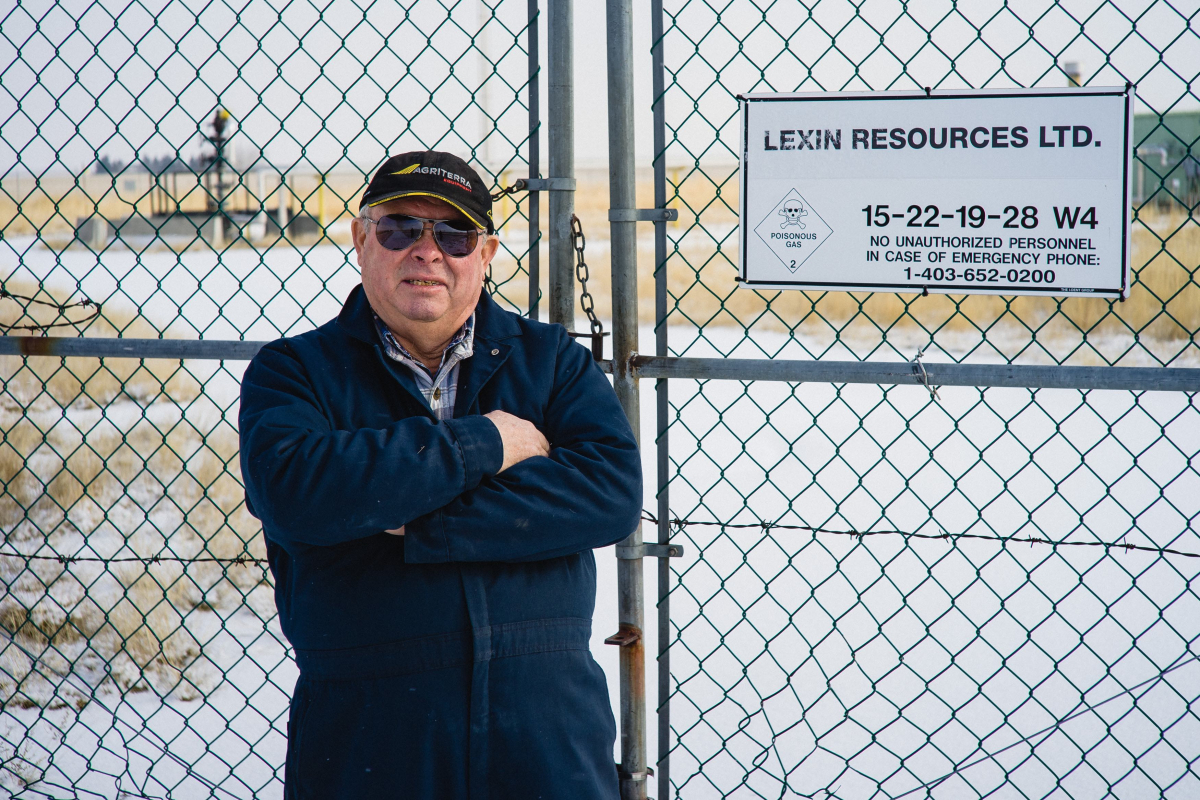




Comments
Thank you, National Observer, for another example of great journalism. Keep it up--the Grope and Flail will never do this kind of work.
-----
From the article: "Alberta’s Energy Minister Margaret McCuaig-Boyd said there’s a lot of ideas out there, but said they need to work with industry to come up with a solution."
What? Work with the industry to come up with a solution? The industry already has their solution-- a fait accompli: extract the resource, make billions for a tiny, tiny number of corporate executives and owners, then walk away grinning leaving the mess for everybody else to deal with.
'We’ve been looking at the matter of liability and wells for a while,” she said, noting the Lexin situation doesn’t change their plans. “We’re looking at how we can better manage these liabilities with the idea of protecting safety and the environment, but also for competitiveness for Alberta.”
LOL. In other words, the NDs won't do a thing because the oil and gas interests have them in their pocket too.
Some of these wells have been abandoned for 50 years or more, yet have never been closed or cleaned up. With tens of thousands of abandoned wells, very few inspectors, industry calling the shots, and "environmental protection" just a talking point, the current trajectory is disastrous. The province is desperately trying to show that it isn't captive to industry, but it's too little, too late. Lexin was allowed to drill over 1600 wells without paying 70 million dollars (+ 1 million in fees) it owed. Instead of seizing bank accounts and property, they pass the wells into the orphan well program, where they can later be dealt with by taxpayers. They will hound taxpayers for $50, so how did Lexin get away with 71 million if they are not captive? How many other companies have been allowed to get behind and why are they no being shut down? Opening everything up to public scrutiny and making major changes is the only path out of this. More points for going willingly, but the public is also willing to drag them through the many spills, tailings ponds and fracking poisons to get to the bottom of this. How can they not understand that these half-assed efforts anger more people and wake them up to what is really going on.
With Notleys social democratic crew as with the Conservatives before them the dominate Petrostate imperative is profits are privatized-costs are socialized.
The AER is a perfect example of Fox Theatre, Industry Funded and Self Regulated. Enabled by incompetent Provincial governments and a compromised and morally corrupt NEB, another alleged Regulator with a mandate to Protect the Public. Gerald, don't be so naive, they function to protect shareholder profits.
Hoh, hum, we pay at the pump then pay again through payroll taxes. "McCuaig-Boyd said that plan should also include a ‘polluter-pay’ principle, but it could also be helped with support from the federal government to both address the environmental issue and put Albertans back to work". And the new Carbon tax, right Justin?
"Duty of Care" seems to be a word vacant from the minds of those we elect to our Legislatures. Immunity has to be removed from all clauses protecting negligent Public Officials.
Before Klein Conservative budget cuts gutted the ERCB, and the govt. allowed industry funding of this regulator to replace government funding, thus placing this public body at the mercy of the oil and gas kingdoms, Albertans had an effective regulator standing on guard for their interests. We and our children and grandchildren are now living with the results of the Conservative reign of terror. We need a govt. and a population strong enough to stand up to the corporate czars. If this means unemployment and an adjustment in our population, with residents moving elsewhere for jobs, so be it. It will take a strong will and guts to squeeze out from under the grinding heel of corporate greed. Having been laid off three times from the same job with an engineering company (with each layoff cancelled at the last minute) in the recession of the eighties, I finally moved on. My heart goes out to those in that position today; I understand their fear, anger and confusion. Thanks to global factors and corporate and Conservative mismanagement and shortsightedness, you may need to look elsewhere in Canada for a job.